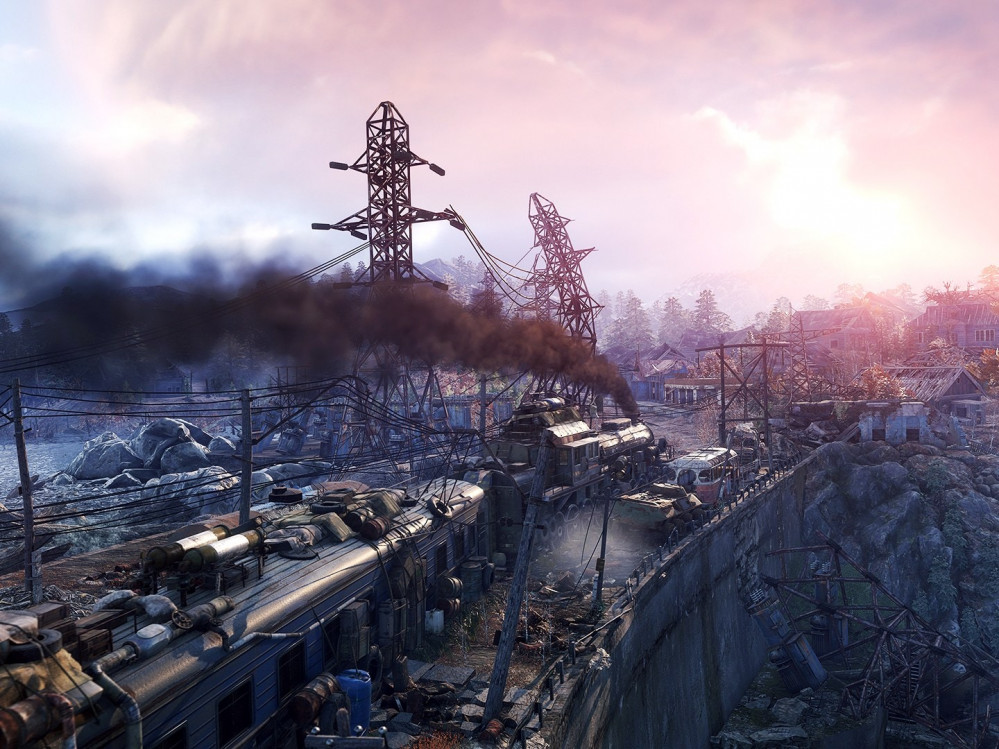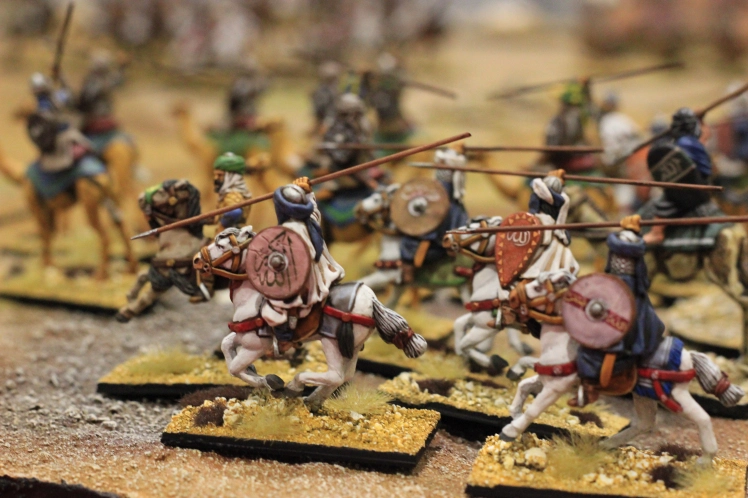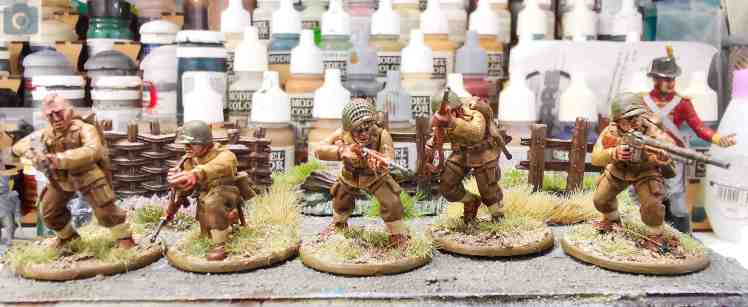
Stuck at Home; Keeping myself sane
Is Historical Wargaming Dying or Dead?
This article was first published in Irregular Magazine (http://www.irregular-magazine.com/latest-issue/)
This is a topic that been raging all over the net quite recently after Little Wars uploaded a YouTube video regarding the topic. So as a historical war-gamer a few people have asked me for my opinion regarding this issue. Now I started wargaming in the early 80’s playing a set of war-game rules using my Airfix models, before being introduced to Warhammer Fantasy Battles, along with D&D.
I’ve always played historical over the years and from my days as a teen up to day, most of my opponents have been older gamers, as a teenager I had to play gamers who were in their 20’s or older, as I’ve gotten older the age of my opponents have come closer to my age. Though a lot of the gamers I play today didn’t start off playing historical games when they were younger, they originally played Fantasy or Sci-Fi games, predominantly Warhammer Fantasy or 40K. They made the switch or added historical games to their repertoire as they became older.

The age demographic in my experience has always been an older age group, mostly guys over 40, with some younger, between 25-40. There was hardly anyone in their teens playing historical wargames when I was growing up. Most of my peer group played fantasy games, along with a few Science-Fiction games. When I was in my 20’s then the predominant game among the younger age group was 40K.
The main reason I believe for this was the simple fact of how easy it was and still is for someone to start playing war games. Companies like Games Workshop provide a starter box for their games, also they have a very visible high street presence which makes entering the hobby through those games very easy. Pop culture will play a large role influencing the younger age groups, when I was a kid growing up war films were always on the TV along with old fashioned westerns. These days kids are influenced by Science fiction and fantasy based television, so they’ll be drawn to games of those genres.

Historical games have always been thought of as having a difficult entry point, everything from rules through to miniatures. The biggest problem is the fact that history is a big subject, which means there are a plethora of periods to play, and there are a ton of different rule sets for each period. Then getting hold of miniatures for any period can be quite difficult. The lack of starter boxes and easy to purchase units of the shelf have always made entry difficult and as a result deterred many a new gamer from historicals. It was easier as a kid to walk into a Games workshop store, grab a starter set that included two starting armies and the rule book. They even had starting panting sets which made entry into the hobby a breeze.
For most of my youth I used Airfix or 1/72 plastic soldiers and model kits to play historical games, as this was an easy approach but the more, I played Fantasy battles I slowly stopped playing historical games. I would later pick up historical gaming as I became older in my twenties when I started attending war-game shows.

Then roughly 10-15 years ago things started changing, with companies like Warlord and Battlefront appearing onto the scene, who followed a similar model to Games Workshop. They started to make entry into historical war-gaming a lot easier. In fact, there was a shift of 40K players around 2010 to Bolt Action, Warlord’s 28mm WW2 game system. These companies started making rule system starter boxes, or companies like Xyston Minatures started producing starter armies from their ranges. Suddenly entry to playing historical gaming started to become a lot easier, as a result I noticed a shift of players picking up historical games who previously wouldn’t have entertained one before.

Companies have realized that if historical gaming is to survive they need to produce easy entry through starter boxes, army starters or gateway games, such as World of Tanks, which was and is a PC game where players take control of a tank, which now has a table-top version. These types of games are easy to pick and play, they give a flavour of historical gaming without the necessity to build and paint a large army. There are plenty of examples of easy to start games, especially in the skirmish genre, a particular one I started playing a year or so ago was Gangs of Rome. This is a great way of introducing someone to the world of Ancient Wargaming, without handing them either a massive pile of metal or a tower of plastic sprues.
Historical games have always in the past had a problem in that, there wasn’t a game you could pick off the shelf with everything you need to get going. You had to hunt around for both rules and miniatures. When I was a teen the nearest shop was a 2-hour bus ride away, in Exeter. There was a Games Workshop and two independent stores. I would go in to all three outlets to browse and make purchases, now the two independent’s didn’t carry much in the way of historical products. They carried Avalon Hill style wargames, but not much in the way of miniature based wargames and the only miniatures they carried were generally medieval period, simply because they could be used in fantasy games.

Fast forward to today and it’s much easier to purchase miniatures and rules, especially with the invention of the internet. There are also plenty of games across several historical periods that have games that you can lift straight off the shelf and play. Another development which has made entry into historical games is the explosion of skirmish gaming, it’s not just the historical genre, there has been an explosion of fantasy and Sci-Fi skirmish games as well. Last year I picked up three skirmish games SPQR from Warlord, Mortal Gods, along with Test of Honor, all three are historical skirmish games that come with a starter box which contains everything you need to get playing straight away.

Basically, there is a change occurring in historical gaming whereby a lot of new players getting into the genre are playing skirmish and smaller games rather than the large historical armies facing each other across the table. The last time I played such a game would have been around 2011, when I played a battle of Towton in 1/72, it was fun to play but the process of building and painting such a large army was very time consuming. These days I tend to play skirmish games across all genres, and starting a new historical period is easier for me especially if there is a skirmish rule set or a starter box.

So, is it dying, I don’t think so? It’s defiantly changing from what it was when I first started in gaming back in the 80’s. It’s now a lot easier to get started into historical gaming and there has been an explosion in great games available. The demographic has always in my experience been a lot older, and will probably always be older, as most youngsters who start playing war-games will most likely start with fantasy and Sci-Fi games. Several of those younger gamers will probably migrate across to historical games as they also get older. I think it’s in a healthy place especially in the UK, currently I believe that large scale battles of two large painted armies is probably dying out at the moment. There may also be a drop in particular periods of history being played, but on the whole, I think it’s currently in a rather healthy position.










































































Perfectly put, I particularly agree with the point about how what is on the ‘telly’ influences young potential gamers.
Aye…I think TV and pop culture in general has a big influence, and youngsters are unlikely to watching the same type of films and TV programmes as older gamers.
These days I tend to watch more historical based drama than I use to. I’m also more likely to influenced by a drama set in the past than a Sci-Fi show.